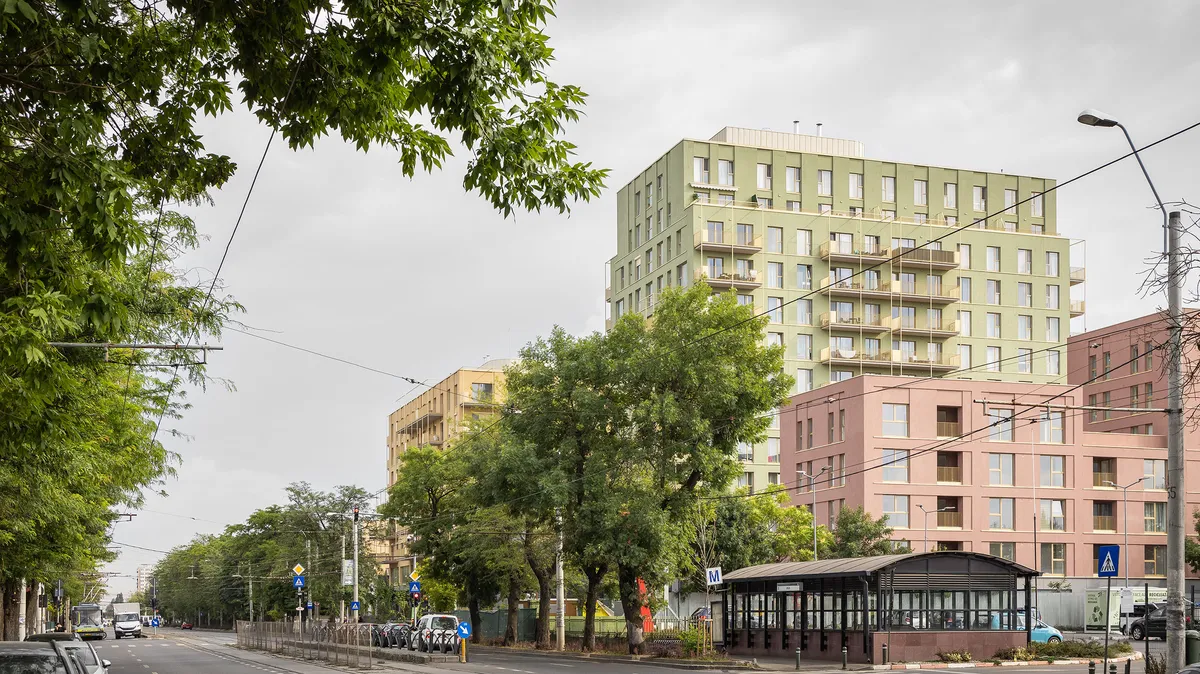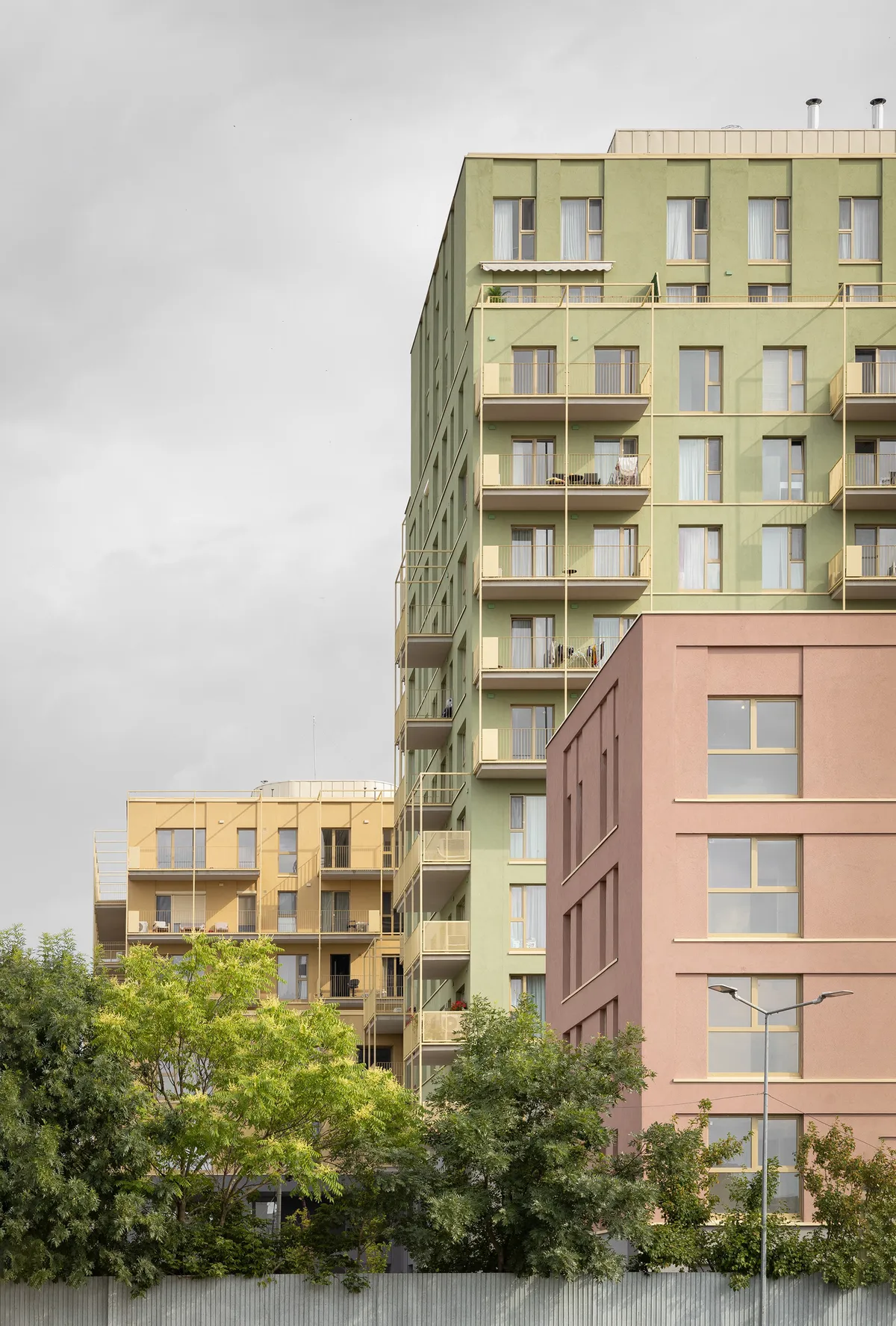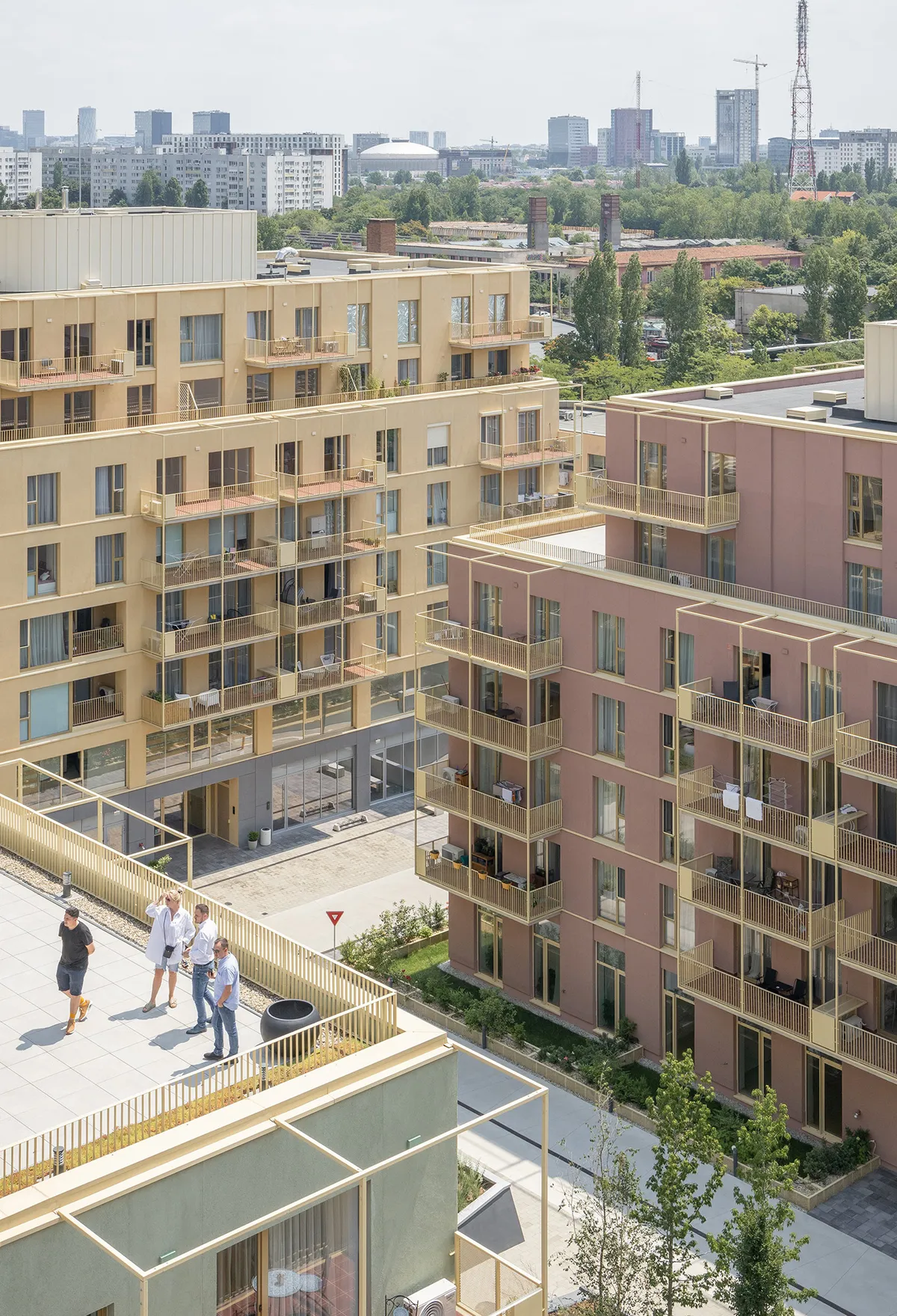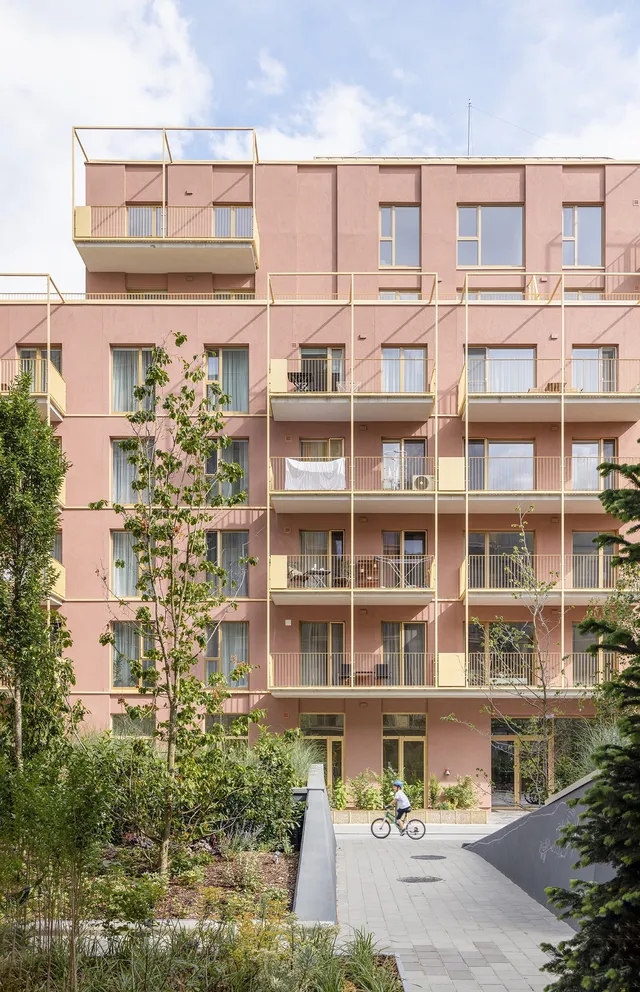
1/10

2/10

3/10

4/10

5/10

6/10

7/10

8/10

9/10

10/10
Built Space
Residential / L
N
Nominee
2
votes of the public2
votes of the public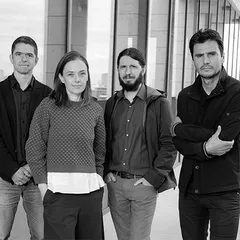
Author(s) / Team representatives
Andrei Șerbescu, Adrian Untaru, Bogdan Brădăţeanu, Petra Bodea, Esenghiul Abdul, Elena Zară
Profession
architect
Collective/office
ADNBA
Co-authors/team members
Colaboratori arhitectura ADNBA: Radu Constantin, Chan-Woo Park, Razvan Gheorghe, Adrian Trifu, Adrian Bratu
External collaborators
Edit Structural (structură), ADNBA (instalații), Beros Abdul Architects (arhitectură peisagistică)
Project location
Bucharest, Romania
Budget in euros
-
Usable area
36548,85 mp
Project start date
Noiembrie 2018
Construction completion date
Octombrie 2022
Client
Prime Kapital
Photo credits
Vlad Pătru
